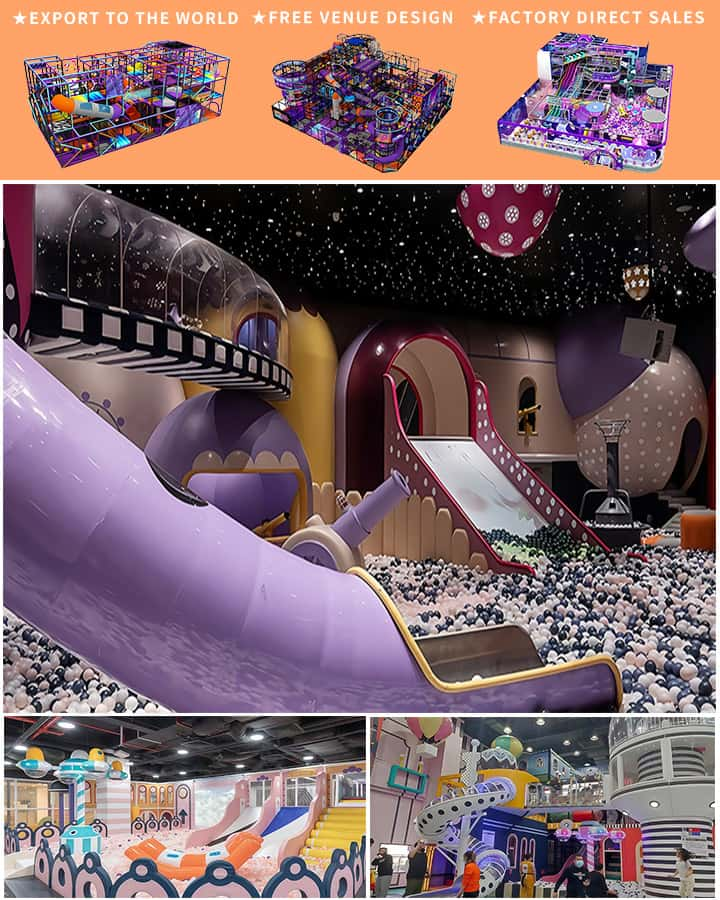Playgrounds have long been a cornerstone of childhood development, providing spaces for children to explore, learn, and grow. Over the years, playground equipment companies have evolved significantly, adapting to new materials, safety standards, and educational philosophies. This article explores the history and modern trends in playground equipment manufacturing, highlighting key players and innovations in the industry.
A Brief History of Playground Equipment
The concept of playgrounds dates back to ancient civilizations where children’s games were often an extension of adult activities. However, it wasn’t until the late 19th century that dedicated playgrounds began to emerge in urban areas. Early playground equipment was rudimentary, consisting of swings, seesaws, and climbing structures made from wood and metal.
During the mid-20th century, the rise of suburban communities in the United States brought about a significant expansion in playground infrastructure. Companies like McLean Playground Equipment (now part of Landscape Forms) and PlayCore began to dominate the market, offering a wider array of products that included slides, merry-go-rounds, and jungle gyms. These companies focused on creating durable and safe equipment designed to withstand heavy use while minimizing injury risks.
Modern Innovations in Playground Equipment
In recent decades, advancements in materials science, design, and inclusivity considerations have propelled the playground equipment industry into a new era. Today’s leading playground equipment companies prioritize not only safety but also sustainability, accessibility, and the overall developmental benefits of play.
 Sustainable Materials:
Companies are increasingly turning to eco-friendly materials such as recycled plastics, sustainably sourced wood, and non-toxic coatings. For instance, GreenPlay offers a range of playground equipment made entirely from recycled materials, reducing environmental impact without sacrificing durability or safety.
Sustainable Materials:
Companies are increasingly turning to eco-friendly materials such as recycled plastics, sustainably sourced wood, and non-toxic coatings. For instance, GreenPlay offers a range of playground equipment made entirely from recycled materials, reducing environmental impact without sacrificing durability or safety.
Inclusive Design: Modern playground equipment is designed to be inclusive, catering to children of all abilities. Companies like Boundless Playgrounds specialize in creating accessible play structures that allow children with disabilities to engage fully. Features include wheelchair-accessible swings, sensory-rich play panels, and modular designs that can be adapted to individual needs.
Technology Integration: Some forward-thinking companies are integrating technology into playground equipment to enhance the play experience. Smart play systems with interactive elements, digital displays, and even augmented reality features are becoming more common. For example, AdventurePlay incorporates RFID technology to create interactive games and learning experiences directly within the playground environment.
Leading Companies in the Industry
Several companies have established themselves as leaders in the playground equipment industry. Here are a few notable mentions:
Landscape Forms: A pioneer in outdoor recreational equipment, Landscape Forms offers a wide range of products from traditional playground structures to custom-designed community spaces. Their emphasis on creativity and innovation has set a high standard in the industry.
KOMPAN: Based in Denmark, KOMPAN is renowned for its commitment to quality and sustainable practices. Their equipment focuses on fostering social interaction and physical activity, making them a favorite among schools and public parks.
GameTime: GameTime stands out for its comprehensive approach to playground design, offering everything from initial consultation to installation and maintenance. They offer a diverse selection of products that promote both fun and fitness.
Playworld: With over 50 years of experience, Playworld combines traditional craftsmanship with modern design principles. Their products are known for their durability and adherence to strict safety standards.
The Future of Playground Equipment
As society continues to evolve, so too will the playground equipment industry. Future trends may include greater integration of artificial intelligence, enhanced focus on mental health benefits of play, and increased collaboration between designers, educators, and parents to create multifunctional play spaces. Companies that stay ahead of these trends will continue to shape the future of play, ensuring that playgrounds remain vibrant, safe, and beneficial environments for children around the world.
In conclusion, the journey of playground equipment companies from simple wooden swings to sophisticated, inclusive, and tech-integrated play systems reflects broader societal changes and advances. As these companies innovate and adapt, they ensure that every child has access to enriching and enjoyable play experiences.




